Neutron stars are considered to be the smallest and densest object that can be seen optically in the known Universe.
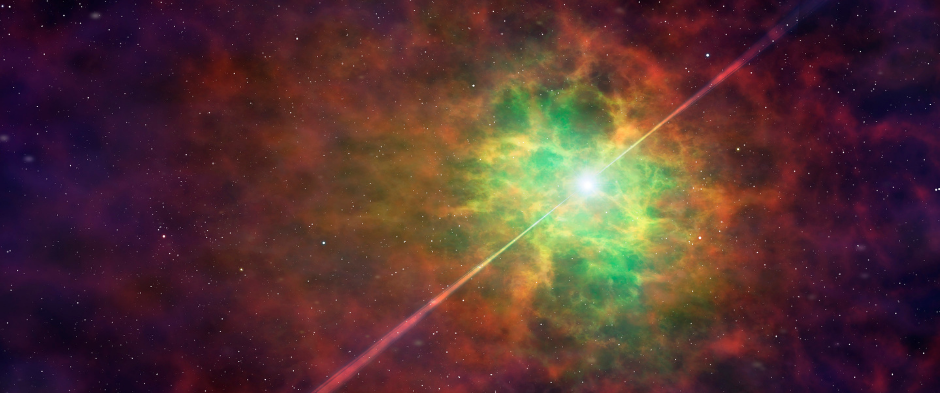
Interesting Facts About Neutron Stars
- The first neutron star was discovered in 1967 by astrophysicist Jocelyn Bell and radio astronomer Anthony Hewish. They discovered it through detected radio pulses from the star.
- Radio flashes from the first discovered neutron star were thought to be possible signals from aliens or extraterrestrial beings. It was nicknamed LGM-1, short for “little green men.” Later, it was renamed PSR B1919+21 and was identified as a fast-spinning neutron star called a pulsar.
- Neutron stars are formed when very massive stars are at the last stages of their stellar life. A supermassive star creates a supernova explosion when it dies, which leaves behind a very dense core that becomes a neutron star.
- As massive stars die, they either create neutron stars or black holes, depending on their cores. If the core is between one and three solar masses, the collapsing star will leave behind a neutron star. However, if its core has a higher mass, it will continue to collapse and later form a black hole.
- Neutron stars are about as massive as the Sun. However, all this mass is squeezed down into an object around 19 to 27 km (12 to 17 miles) across or just about the size of Manhattan.
- Many neutron stars are considered “pulsars.” They are called so because they seem to pulsate as they spin, emitting radiation through their strong magnetic poles which are then detected by our radio telescopes. This regular pulse-like flicker is one characteristic that makes them detectable.
- The fastest-spinning neutron star PSR J1748-2446ad, which is a pulsar, completes 43,000 rotations every minute. This is more than twice as fast as a common household blender which makes around 17,000 revolutions per minute (RPM).
- Most pulsars are discovered through radio wavelengths. However, there are also some X-ray, gamma-ray, and optical pulsars—those can be seen in visible light.
- Just like other types of stars, neutron stars can also be in multiple star systems. In fact, about 5% of the discovered neutron stars are part of a binary system. And more interestingly, they can host exoplanets too.
- The first neutron star discovered to have exoplanets is PSR B1257+12. It does not have only one but three exoplanets around it. These are Draugr, Poltergeist, and Phobetor.
- An astronomical event called kilonova occurs from neutron star collisions (or the collision of a neutron star and a black hole). The cloud from this neutron star merger is rich in neutrons which are responsible for the formation of the heavy elements on Earth, like gold and platinum.
What is a Neutron Star?
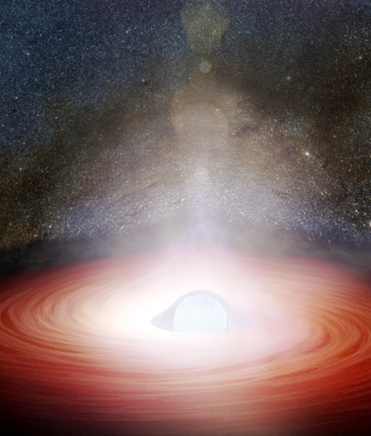
Neutron stars are very dense objects mostly made up of neutrons that are tightly packed together. They are the remnant cores of very massive stars whose total mass is between 10 and 25 times the mass of our Sun.
When these supermassive stars run out of fuel and die, they no longer generate energy to counteract the inward force of gravity. As a result, they explode as supernovae and leave behind their dense cores called neutron stars.
Neutron stars have about 1.5 times the mass of the Sun. However, all of this mass is concentrated in an area that is only about 20 kilometers (12 miles) across. The result is a very dense object. In fact, neutron stars are the densest type of object in the Universe that we can directly observe.
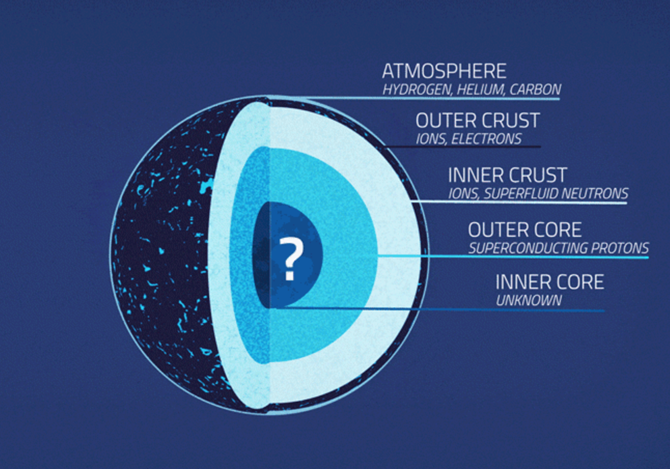
Neutron stars have different layers too just like other stars. Astronomers think that these objects have a thin atmosphere followed by a thin outer crust with atomic nuclei and free-roaming electrons. Beneath it is an inner crust, a neutron-rich outer core, and an inner core. The composition of the inner core is still a big mystery but it is believed to be very dense. It is also possible that the ultra-dense core is held up together by quarks.
It is estimated that there could be about a billion neutron stars in the Milky Way galaxy. However, out of this number, we have only identified about 2,000 of them in our galaxy and the Magellanic Clouds. Most of which are radio pulsars.
There’s only about one supernova explosion in the Milky every 50 years. With that said, most neutron stars are already old. Since they no longer generate energy, neutron stars just continue to cool down as they age and become less bright. This is one reason why we have found only a few of them yet.
Neutron stars begin their lives just like any other stars. Many of them have been discovered at the heart of many supernova remnants. Also, most neutron stars are detected through their electromagnetic radiation. They spin very swiftly and have intense field lines. Most of the known neutron stars are classified as pulsars and magnetars.
Pulsars
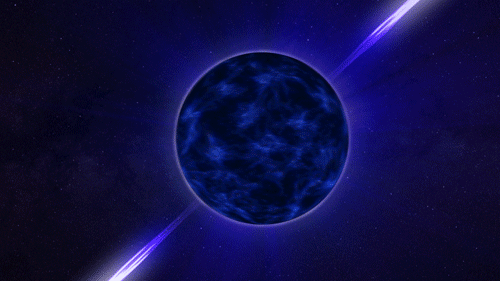
Pulsars are very fast-spinning neutron stars with notable “pulses.” They have strong magnetic fields and spew out charged particles along their magnetic poles. These particles create intense beams of light as they rotate. These beams of light cross our line of sight here on Earth every time a neutron star spins.
The emission beams from pulsars seem to shine on and off just like a lighthouse because we can only see them whenever they cross our line of sight. This on-off feature became known as the “pulsations” of these stars. These pulses of radiation have regular intervals as they rotate fastly, making this feature very useful in detecting neutron stars of this type.
Pulsars are fast spinners because of the physics principle called the “conservation of angular momentum.” According to this principle, a rotating object spins faster when it shrinks in size.
A perfect example of visualizing the conservation of angular momentum is when ice skaters perform a pirouette. They spin faster when they pull their arms closer to their body, compared to when their arms are extended out.
The same thing happens with neutron stars. They start as very massive stars with about a million km solar radii and are now deduced to only about 10 km radii.
Magnetars
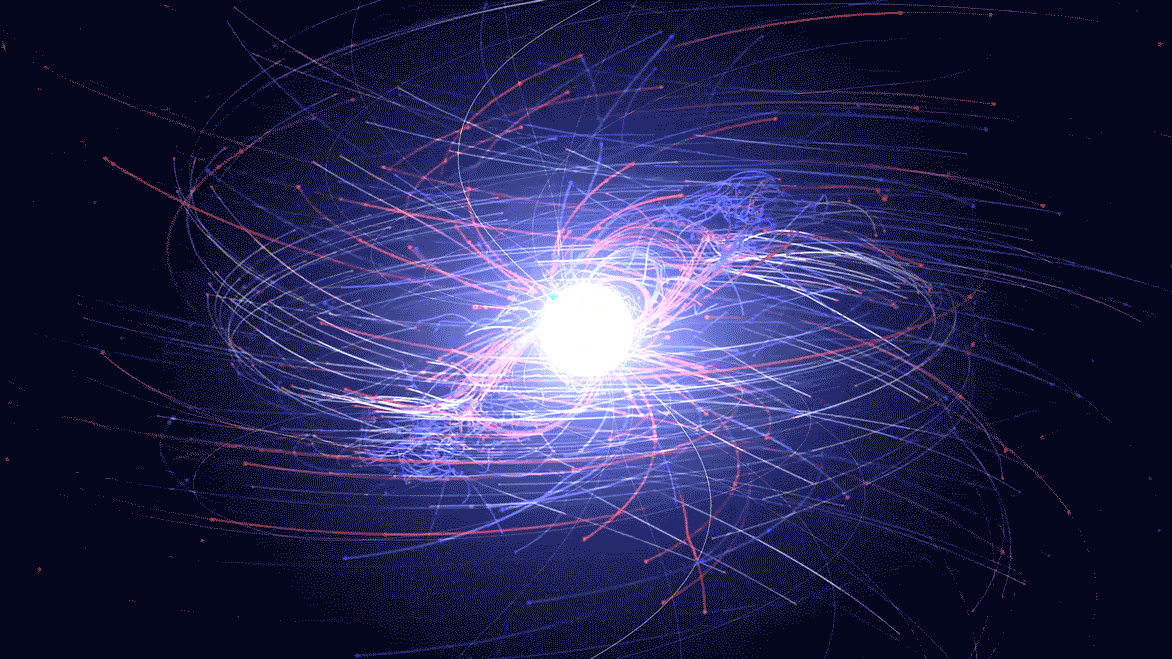
Magnetars are another type of neutron star that has extremely strong magnetic fields. Typically, a neutron star’s magnetic field is already intense, about billions to trillion times stronger than the magnetic field of Earth. However, magnetars are much stronger as their magnetic fields are another thousand times stronger than most neutron stars.
The powerful magnetic forces of magnetars cause starquakes on their surface. As a result, the crusts of these neutron stars rupture and release a great amount of energy causing them to be easily detected. They also warp space-time, causing neutron star hotspots to be detected even if they are facing away from us.
How Big Is a Neutron Star?
Neutron stars are considered small in terms of stellar context but these objects are also known as the densest object in the Universe. An average neutron star is about 1.4 times as massive as the Sun but they measure only around 19 to 27 km (12 to 17 miles) in diameter or just about the size of Manhattan Island.
How Dense Is a Neutron Star?
Imagine squishing the Sun, the most massive object in the solar system, into something only about the size of a city on Earth. The result would be a very dense object.
If we were to take one sugar cube sized piece out of a neutron star, the material would weigh as much as 1 trillion kilograms or 1 billion tons on Earth. Though the size of that sugar cube can fit in our hands, we can never lift it as the neutron star material, even in this size, would weigh as much as a mountain!
Life Cycle of Neutron Stars
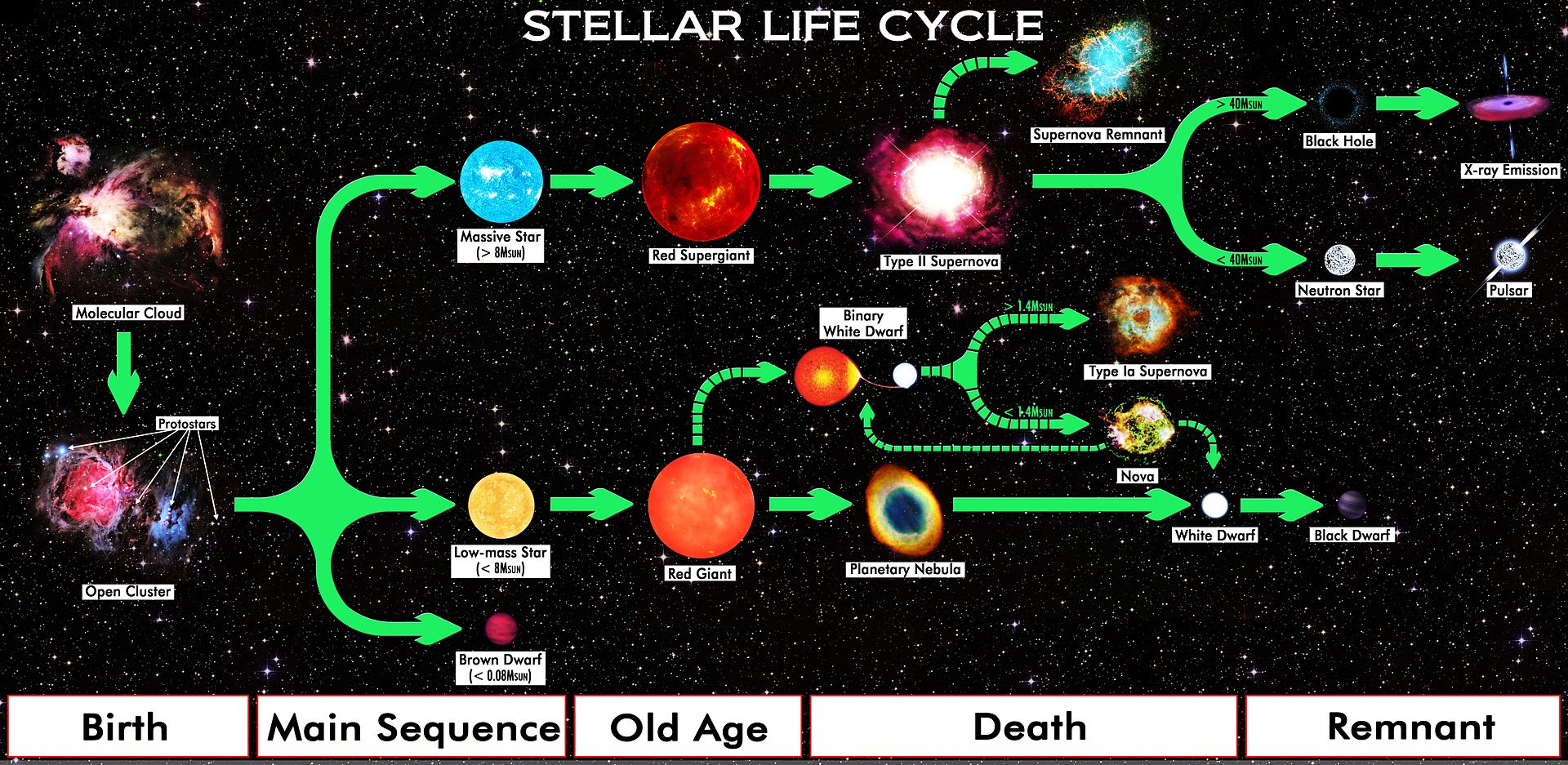
We can understand neutron stars better by taking a look at the life cycle of stars and how they form. Neutron stars begin their lives just like any other stars—in a cloud of dust and gas.
Stars are born from molecular clouds composed of gas and dust. These clouds are also called stellar nurseries. Due to turbulence, knots form in these clouds which eventually collapse under their own gravity. They continue to gain mass and collapse until they heat up and become protostars.
An object officially becomes a star when it starts to generate energy in the core. Stars begin nuclear fusion by burning hydrogen—the lightest and most abundant element in the Universe. At this stage, they are known as main-sequence stars. Stars spend most of their lives on this stage.
When they finally exhaust their hydrogen fuel, the average mass stars with less than eight times the Sun’s mass will become red giants. When they die, they shed off their other layers and leave behind a dense core called a white dwarf.
More massive stars, however, undergo a different path at the late stages of their lives and become red supergiants. When these supermassive stars die, they leave behind either a neutron star or a black hole.
A Dense Stellar Remnant: How Neutron Stars Form
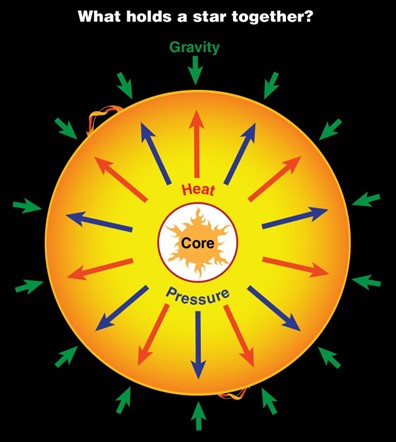
Stars are held together by two opposing forces: gravity and pressure. A balance between these two is needed for stars to sustain hydrostatic equilibrium. They continue to shine as long as this equilibrium is maintained.
The role of gravity is to cause stars to collapse. However, this inward force is countered by the centers or core of stars. The stars are sustained by the nuclear fuel at their cores. The heat from this energy generation creates an outward pressure that acts against the inward force of gravity.
Stars spend a big part of their lives in the main sequence. This is when they generate energy by converting hydrogen to helium at their cores. Our Sun is still in this stage and will do so for the next four billion years. When stars run out of hydrogen, they start to burn heavier elements. The Sun, for example, will burn helium when it runs out of hydrogen and enter the red giant phase.
The more massive a star, the shorter its life because it consumes its fuel faster. Stars with more than eight times the solar mass will enter the red supergiant phase after the main sequence. Because of their mass, these stars have more phases of nuclear fusion. After burning hydrogen, they undergo the nuclear fusion of helium, carbon, neon, oxygen, and, eventually, silicon.
After the silicon burning phase, the star is left with an iron core. Their energy-making process ends there as no more energy can be gained from burning iron. The core of the star shrinks and becomes very dense. Protons and electrons combine producing more neutrons and neutrinos.
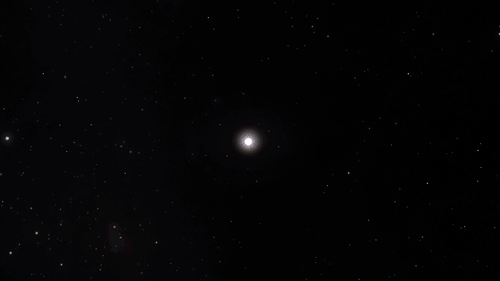
When the star no longer generates energy, gravity takes over as there is no more pressure to push the gravity outward. The core collapses and the infalling layers rebound, creating a wave of matter that gets released in the form of a supernova explosion.
The inward shock compresses the remaining core of the star which is known as a neutron star. Neutron stars are supported against further collapse because of neutron degeneracy pressure. If the remnant core has more than three times the solar mass, it collapses even further and becomes a black hole.
Characteristics of a Neutron Star
-
Small size, large mass
One notable characteristic of neutron stars is that they are incredibly small relative to their mass. On average, they have a diameter that is only about 20 kilometers or just 12.5 miles across. This size is extremely small because neutron stars, on average, are about 1.4 times as massive as the Sun. As a result, they are some of the densest objects ever known.
-
Fast spinners
Neutron stars are known as fast-rotators because of the conservation of angular momentum. They spin faster than their progenitor stars because they have much smaller diameters. While the Sun rotates once every 27 days, the fastest-rotating neutron star rotates 716 times per second. This object is called PSR J1748-2446ad which is a pulsar.
-
Extreme gravity, strong magnetic field
Neutron stars have crushing gravity and very strong magnetic fields. They have magnetic fields that are billions to trillions the that of the Earth. Also, the average gravity of neutron stars is around 2 billion times stronger than the Earth’s gravity.
How Are Neutron Stars Detected?
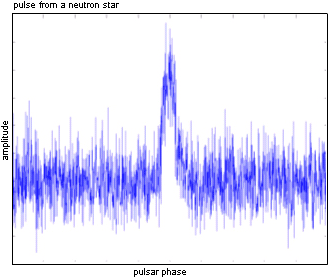
We can detect stars based on the electromagnetic radiation (EMR) that they emit. This includes radio waves, X-rays, gamma rays, near-infrared, ultraviolet, and visible light. The neutron star at the heart of the famous Crab Nebula is one of the few pulsars that can be detected in the visible spectrum.
Neutron stars classified as pulsars are usually detected in their pulse radio waves. These fast-spinning objects shoot accelerated particles through their magnetic poles which look like beams of light. These beams of light get aligned with our point of view every time they spin, just like a beacon from a lighthouse. These regular on and off waves are the “pulses” that make them detectable.
Another way of detecting neutron stars is through their gravitational effects on the objects around them. The stellar remnants are not easily detectable in visible light but their intense gravitational pull on the surrounding visible objects can give us a clue of their location. This method can also be used in determining the existence of black holes in a specific region.
Binary System Involving Neutron Stars
Many neutron stars are part of a binary system. Stars in a binary system experience accretion wherein the outer layers of the companion star are stripped off. The infalling material can cause hotspots on the neutron star.
Binary systems not only include a system of two neutron stars. This object can also pair with main-sequence stars, red giants, or another stellar remnant, a white dwarf. Theoretically, they can also be in a binary system with a black hole.
Close binaries of neutron stars eventually get closer and collide, producing short gamma-ray bursts or kilonovae. In 2017, the LIGO and Virgo detectors discovered the gravitational waves called GW170817, which is from a merger of two neutron stars in the Hydra constellation.
Planetary Systems
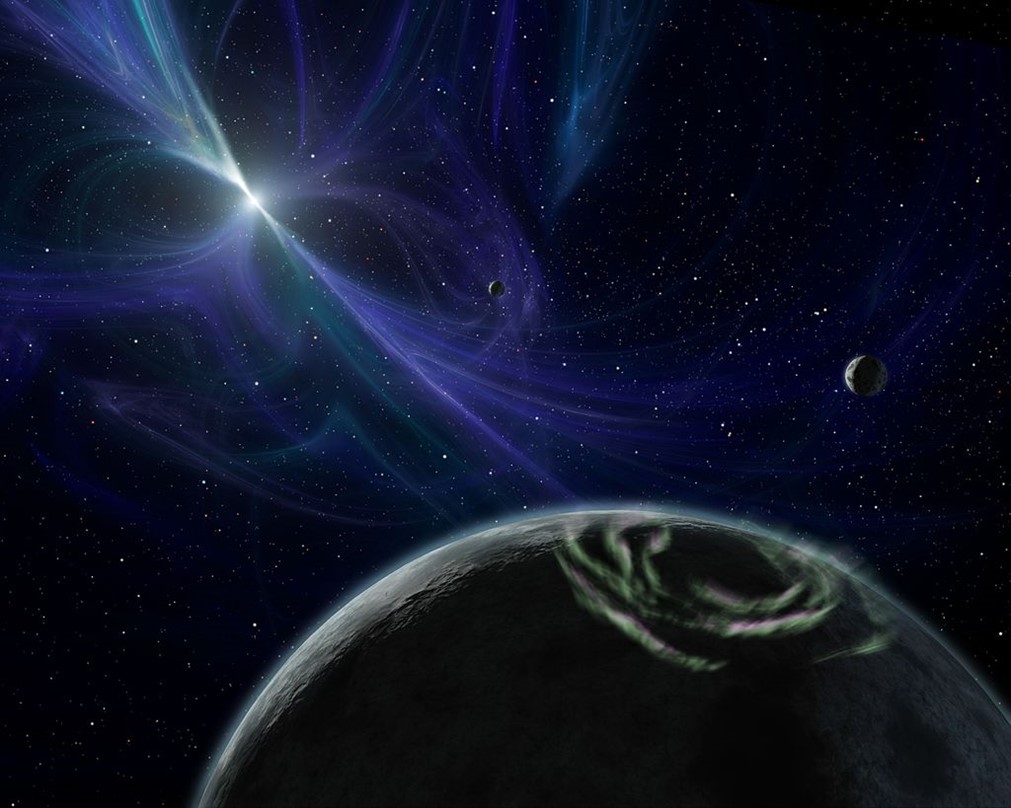
Despite their completely extreme characteristics, neutron stars are known to host exoplanets. The unique worlds surrounding pulsars are called pulsar planets.
Pulsar planets can have different origins. They may have formed from the debris of a merged companion star or a captured object. Pulsar planets have been detected using the pulsar timing method.
Three planets were discovered around the millisecond neutron star PSR B1257+12. These are Draugr, Poltergeist and Phobetor. The planets Poltergeist and Phobetor are considered super-Earths which are about four times as massive as Earth, The smallest of the three, Draugr, is only almost twice as massive as the Moon.
Another planet was discovered around the PSR B1620−26 system, where it is orbiting around a binary system of a neutron star and a white dwarf. Exoplanets that are around as big as Jupiter were also discovered around PSR J1719–1438 and PSR B1620-26.
Notable Neutron Stars
Crab Pulsar (PSR B0531+21)
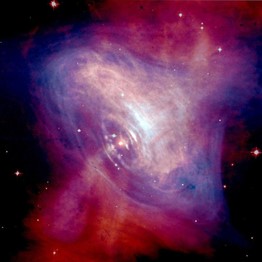
The Crab Pulsar is a neutron star at the heart of the famous Crab Nebula. It is an optical pulsar which means it can be identified in the visible spectrum. This star is a remnant of the SN 1054 supernova and was discovered in 1968.
The Crab Pulsar is estimated to be around 20 kilometers (12 miles) across. It is located about 6,520 light-years away in the constellation of Taurus the Bull.
PSR B1919+21
The pulsar PSR B1919+21 was the first discovered pulsar. It is around 1.4 times as massive as the Sun with a rotation period of only 1.3 seconds. The regular radio signals from this object made physicists consider that it may be from an extraterrestrial source. It was nicknamed LGM which means “little green men.” This neutron star is located in the Vulpecula constellation.
PSR J0740+6620
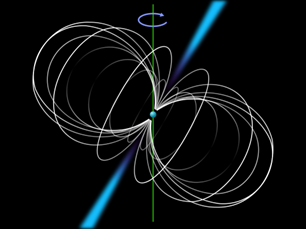
PSR J0740+6620 is one of the most massive neutron stars known. It is 2.08 times as massive as the Sun with only about a 13 km (8.08 mi) radius. It is part of a binary star system with a white dwarf. This millisecond neutron star is a fast-spinner, located 4,600 light-years away in the constellation of Camelopardalis.
J1818.0-1607
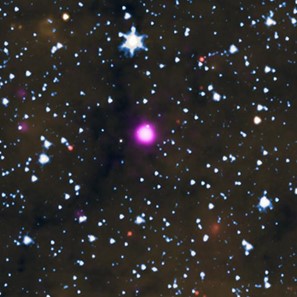
J1818.0-1607 was discovered in March 2020 through NASA’s Neil Gehrels Swift Telescope, as a follow-up on observations made by the Chandra X-ray Observatory. This neutron star is unique for many reasons.
First is that it possesses both characteristics of a magnetar and a pulsar. What this means is that this object has very powerful magnetic fields and is also a fast spinner. It is the 31st magnetar ever discovered and, interestingly, is the fastest spinner of them. It only takes 1.4 seconds to complete a rotation.
Another thing that makes J1818.0-1607 remarkable is that it is the youngest known magnetar yet. It is estimated to be only about 500 years old.
Frequently Asked Questions About Neutron Stars
1. Will the Sun leave behind a neutron star?
No, the Sun will not leave behind a neutron star. Neutron stars are the cores of very massive stars with an initial mass that is 10 to 20 times that of the Sun.
When our Sun reaches its old age, it will become a red giant and will leave a white dwarf when it dies. Massive stars become red supergiants when they grow old and leave behind a neutron star when they reach the end of their lives. Both stellar remnants are dense objects.
However, neutron stars are much more massive and smaller, and therefore, much denser than white dwarfs.
2. Why do pulsars spin very fast?
A pulsar, which is a type of neutron star, is a fast spinner because it has shrunk many times its original size. According to the conservation of angular momentum principle, a rotating object will spin faster as it shrinks in size.
For example, the Sun has a rotation period of 27 days. If we were to shrink its size to that of a neutron star, it would rotate faster than 1,000 times per second. Though, this is just an example to see the size difference since the Sun will not produce a neutron star when it dies. Instead, it will leave behind a white dwarf.
3. What happens when you go near a neutron star?
It is never a good idea to go near a neutron star. This object has an extreme gravitational force and is spinning very fast, which can bend even light itself.
Some think that going near a neutron star would be like getting close to a black hole. A person would become ‘spaghettified’ as they come close to a neutron star as its gravitational force is billions of times stronger than that of Earth.
However, according to astrophysicists, an encounter with a neutron star is much worse. It is said that the intense gravity would pull you at a speed of one-half to two-thirds the speed of light.
When you are already about 241 km (150 miles) above the surface of the neutron star, it will start to pull on your limbs and start to rip you into shreds, and finally, reduce you into atoms. What was once a person will now become a stream of atoms heading towards the neutron star.
This stream of atoms continues to hurl towards the star at a speed of a hundred thousand miles per second. And when it hits the surface, its impact would trigger an immense burst of energy much greater than that of the nuclear weapons on Earth.
Sources:
http://astronomy.nmsu.edu/geas/lectures/lecture25/slide03.html
http://abyss.uoregon.edu/~js/ast122/lectures/lec18.html#:~:text=Supernova%20Core%20Explosion%3A,a%20variety%20of%20nuclear%20reactions.
(https://nasa.tumblr.com/post/160807881964/neutron-stars-are-weird)
planets.htmlhttps://astronomy.com/magazine/news/2021/10/neutron-stars-a-cosmic-gold-mine
Image Sources:
What is a Neutron Star?: https://upload.wikimedia.org/wikipedia/commons/thumb/1/1d/Neutron_Star_simulation.png/800px-Neutron_Star_simulation.png
Layer of a neutron star: https://www.nasa.gov/sites/default/files/styles/full_width/public/thumbnails/image/pulsar-3.gif?itok=XPigpPY6
Pulsars: https://64.media.tumblr.com/3ebf2a9b908c227aa5ab684d3d11f4e4/tumblr_inline_ope7hsmr0l1tzhl5u_500.gifv
Magnetars: https://media.nature.com/w1248/magazine-assets/d41586-020-00590-8/d41586-020-00590-8_17751692.gif
(Credit: NASA’s Goddard Space Flight Center)
Life Cycle of Neutron Stars: https://upload.wikimedia.org/wikipedia/commons/thumb/4/47/Star_Life_Cycle_Chart.jpg/1024px-Star_Life_Cycle_Chart.jpg
A Dense Stellar Remnant: How Neutron Stars Form: https://spaceplace.nasa.gov/supernova/en/supernova2.en.jpg
Supernova: https://64.media.tumblr.com/0f7eb0839cda81004c1cc6d812dd8198/tumblr_inline_ope7gus2d31tzhl5u_500.gifv
How Are Neutron Stars Detected?: http://campus.pari.edu/radiosky/lessons/pulsars/images/07.gif
Planetary Systems: https://upload.wikimedia.org/wikipedia/commons/thumb/7/7c/Artist%27s_concept_of_PSR_B1257%2B12_system.jpg/1024px-Artist%27s_concept_of_PSR_B1257%2B12_system.jpg
Crab Pulsar (PSR B0531+21): https://upload.wikimedia.org/wikipedia/commons/thumb/c/c9/Chandra-crab.jpg/800px-Chandra-crab.jpg
PSR J0740+6620: https://upload.wikimedia.org/wikipedia/commons/thumb/3/3e/Pulsar_schematic.svg/1024px-Pulsar_schematic.svg.png
J1818.0-1607:
https://chandra.harvard.edu/photo/2021/j1818/j1818_inset_525.jpg (Credit: X-ray: NASA/CXC/Univ. of West Virginia/H. Blumer; Infrared (Spitzer and Wise): NASA/JPL-CalTech/Spitzer)